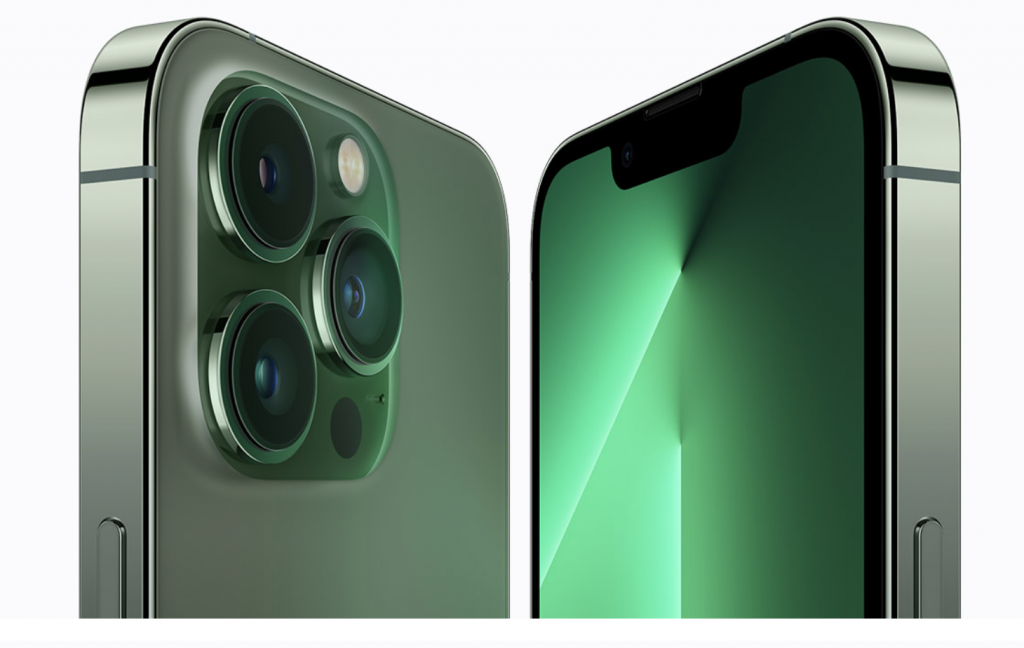Researchers Are Turning Smartphones Into Microscopes, Here’s Why
Fluorescent microscopes (glowscopes) are a valuable, yet expensive, learning tool in stem education, but researchers at Winona State University in Minnesota have found a way to use affordable items to turn smartphones into glowscopes to make the technology more accessible to all students.
This article is more than 2 years old

Smartphones are the ultimate all-in-one pocket tool, and developers are always finding new ways to use these devices. Now, researchers have figured out how to make a high-quality glowscope that turns smartphones into a sensitive fluorescence microscope. Better yet, the innovation is made from around $50 of materials found on Amazon while a traditional fluorescence microscope costs $100,000.
A team at the biology department at Winona State University in Minnesota developed the device for smartphones and tablets to help people working in STEM education and outreach. STEM stands for science, technology, engineering, and mathematics. The acronym was introduced in 2001 by the National Science Foundation and remains a popular way to define education in these disciplines.
The new glowscope for smartphones will allow STEM educators to bring the wonder of fluorescence microscopy to students without investing thousands of dollars in an actual microscope. Because so many institutions are financially overburdened, it hasn’t been practical to invest so much into one laboratory tool. Therefore, fluorescence microscopy has been limited to well-funded colleges, core facilities, medical laboratories, and biotechnology companies.
Fluorescence microscopy has been the basis for much of our understanding of how cells and tissues develop and work. These microscopes provide colorful, glowing images that clearly illustrate biological structures. The cheaper glowscope for smartphones provides similar images at a resolution of around one-thousandth of a millimeter, making it a legitimate tool for STEM education.
According to the glowscope report published in Nature, its components are compatible with all the newer smartphones and tablets they tried. “We re-purposed recreational LED flashlights and theater stage lighting filters to enable viewing of green and red fluorophores including EGFP, DsRed, mRFP, and mCherry on a simple-to-build frame made of wood and plexiglass,” the researchers said. They used their invention to view the heart rate, rhythmicity, and central nervous system anatomy within zebrafish embryos.
Embryonic zebrafish are about the same length as a pencil eraser, but the low-cost glowscope was sensitive enough to view the atrium and ventricle chambers inside their tiny hearts. The researchers used this capability to detect drug-induced cardiac arrhythmias. They enhanced the clarity of the heart chamber movements by transferring the videos from smartphones to a computer running Fiji, or ImageJ software.
“The resolution and sensitivity of modern smartphone and tablet cameras surpass the capabilities of many scientific cameras still being used for research applications,” said the researchers. The clip-on macro lens, theater light filters, and LED flashlight devices were sensitive enough to detect red and green fluorophores. Fluorophores (or fluorochromes) are chemical groups responsible for absorbing and emitting light within a specific range of wavelengths.
The report mentioned several specific ways the glowscope for smartphones could be used to enhance science lessons in K-12 schools. Their zebrafish experiments could be used to teach the basics of genetics as displayed on the graphs commonly known as Punnett squares. “Because transgenes are dominant traits and are inherited in Mendelian patterns, the use of zebrafish ‘glow traits’ can be a fun and useful way for students to learn Punnett squares,” said the researchers.
Apple and Samsung smartphones and tablets were tested with the glowscope components, with timelapse viewing at resolutions of 1080p and 120 fps. The research team provided a parts list, design, and assembly information in the study’s Supplementary Methods section. The parts list includes Amazon links to the materials used, like this blue LED headlamp advertised as a fishing or hunting light.
Of course, the inexpensive glowscope for smartphones is not entirely as functional as real fluorescence microscopes. “In comparison to scientific-grade fluorescence microscopes, glowscopes may have limitations to sensitivity needed to detect dim fluorescence and the inability to resolve subcellular structures,” the researchers said in their report. But they do bring access to a whole new world of scientific exploration to students who may never have had the opportunity otherwise.



